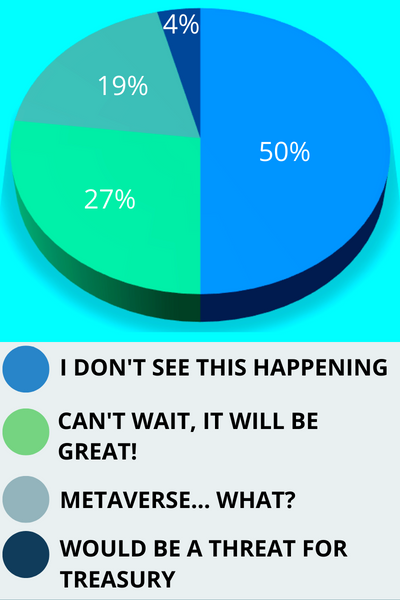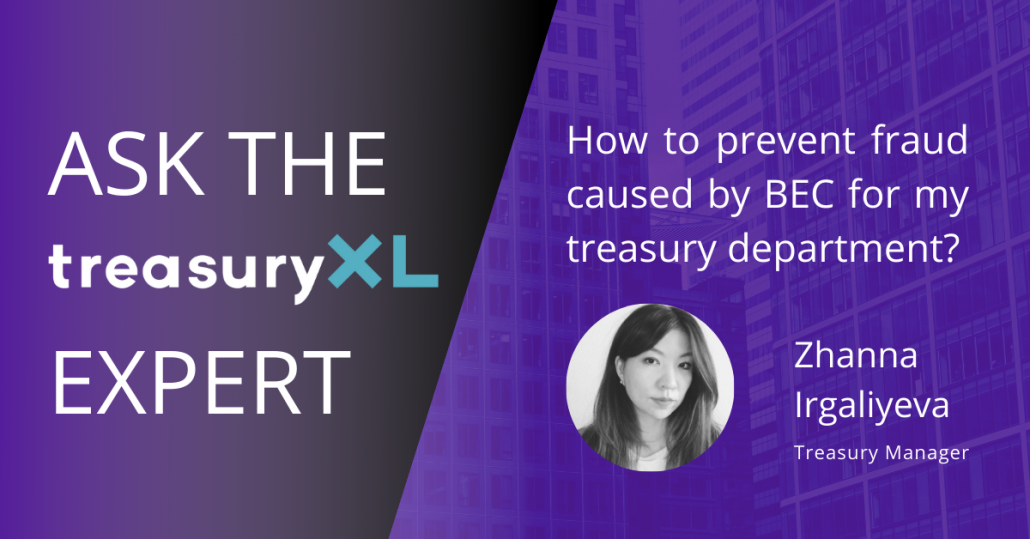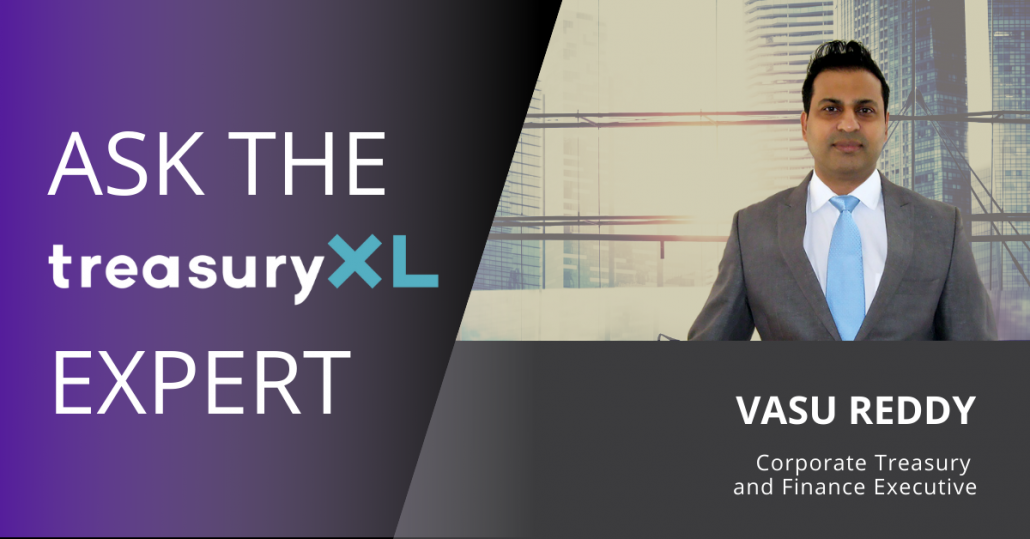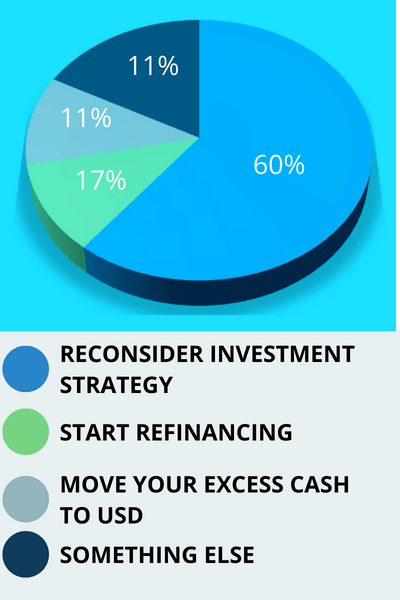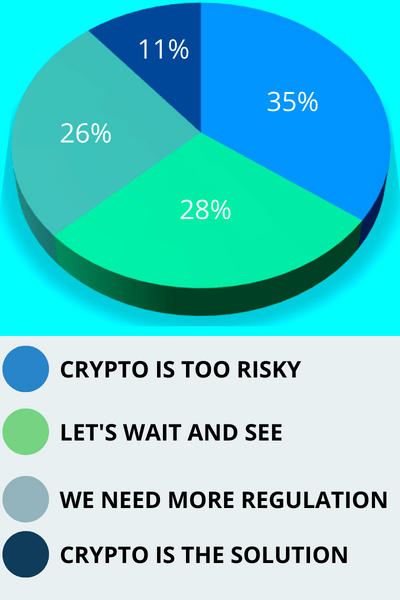Ask the treasuryXL expert #5 What is Factoring in Trade Finance?
03-11-2022 | treasuryXL | Wim Kok | LinkedIn |
treasuryXL is the community platform for everyone with a treasury question or answer! A common question asked by treasurers is what Factoring means in Trade Finance. In today’s article Ask the treasuryXL Expert, Wim Kok defines factoring in trade finance for us.
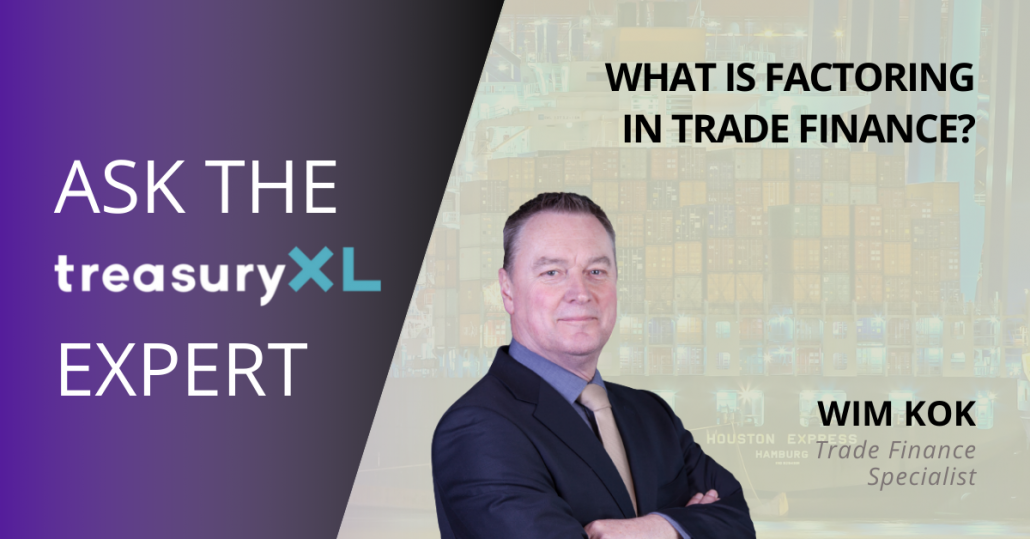
Question: “What is Factoring in Trade Finance?”
Answer provided by Wim
What is Factoring in Trade Finance?
Well, there is a pretty good definition included in the Standard Definitions for Techniques of Supply Chain Finance, prepared by the Global Supply Chain Finance Forum and published by the ICC in 2016. It is currently being updated, but the definition is still alright.
There they give the definition of factoring in trade finance as: Factoring is a form of Receivables Purchase, in which sellers of goods and services sell their receivables (represented by outstanding invoices) at a discount to a finance provider (commonly known as the ‘factor’). A key differentiator of Factoring is that typically the finance provider becomes responsible for managing the debtor portfolio and collecting the payment of the underlying receivables.
Would you add anything to this definition?
There are a number of things I would add to this to explain the terminology and make it more clear:
- The term “factoring” is sometimes used as an umbrella term for all forms of invoice financing, including confidential invoice discounting. Strictly speaking, “factoring” refers to both debt management and debt purchase.
- In the UK, factoring is usually communicated to the debtor, as the collection procedures are carried out by the funding provider (the “factor”).
- Non-public factoring is usually more popular than full factoring. In this case, the customer retains control over the collection of the receivable.
- In some markets, disclosure is required by law. Some even require the debt to be formally acknowledged before purchase.
- In the UK, the standard practice is for the factor to purchase all debt – known as “whole turnover” – even if not all debt is eligible for financing. This gives the factor leeway to absorb any dilution or non-payment of individual invoices. Banks also take secondary security in the form of an “all-asset debenture”. This is registered at Companies House and notifies other potential lenders that debts have been transferred.
- A subtle but important point is that a debt assignment can serve two purposes: it can mean that the debt has been bought or that the debt has been taken as security for a loan.
- Many Fintechs offer single invoice/selected invoice/selected debtor solutions, but these are inherently riskier than whole turnover solutions. Large bank providers are generally reluctant to follow suit.
- Factoring can be done with or without recourse. Even arrangements without recourse include provisions allowing the factor to require the customer to buy back the invoice under certain conditions (e.g. contractual dispute).
- Factoring can possibly be “wrapped” in credit insurance.
- In the UK, major finance providers tend to operate an “availability model” in factoring rather than funding individual invoices. The “availability” changes in real time as new eligible debts are purchased (within agreed counterparty limits etc) and existing debts are settled, defaulted or become ineligible. The customer can then draw down to “availability” at any time. This is similar to a “borrowing base” approach, albeit with frequent increases and decreases within the day. This model, combined with the “whole turnover” mandate, provides the factor with a secure source of repayment even if some invoices remain unpaid.
I trust this will be helpful and give more insight into this subject.
Wim Kok
Do you also have a question for one of the treasuryXL experts? Feel free to leave your question on our treasuryXL Panel. The panel members are willing to answer your question, free of charge, with no commitment.






